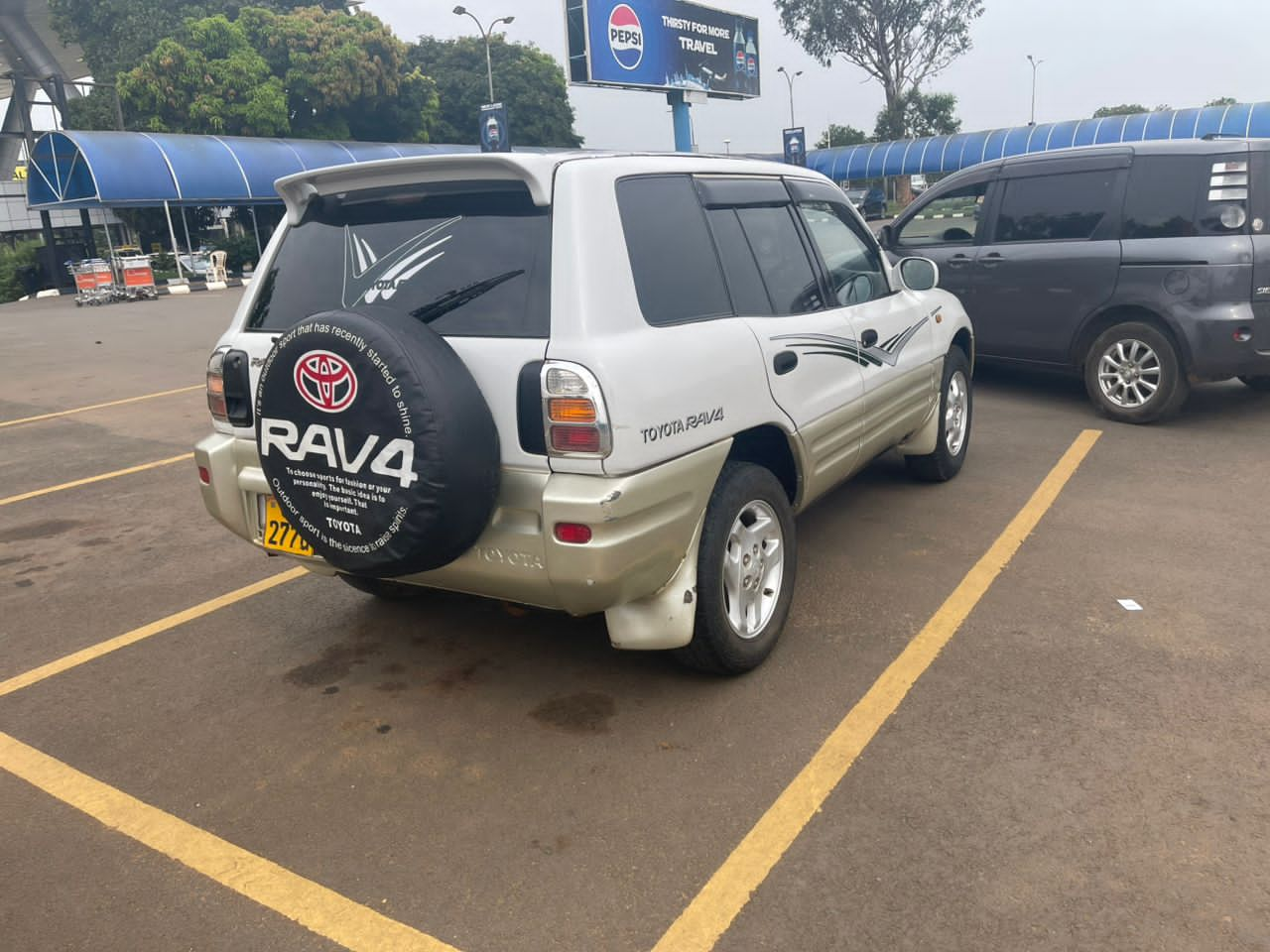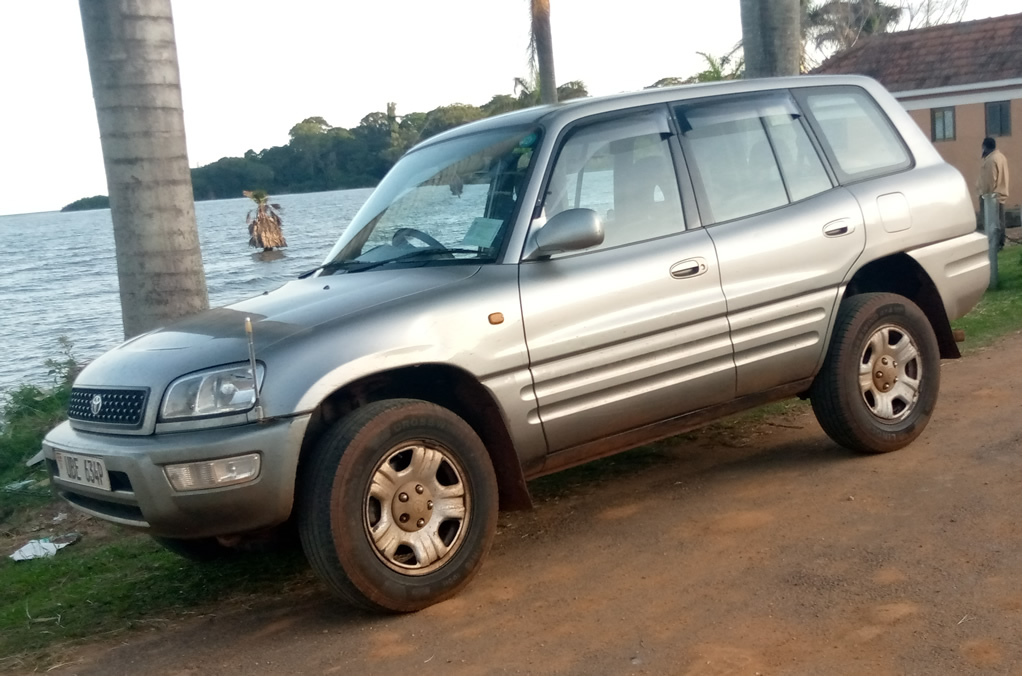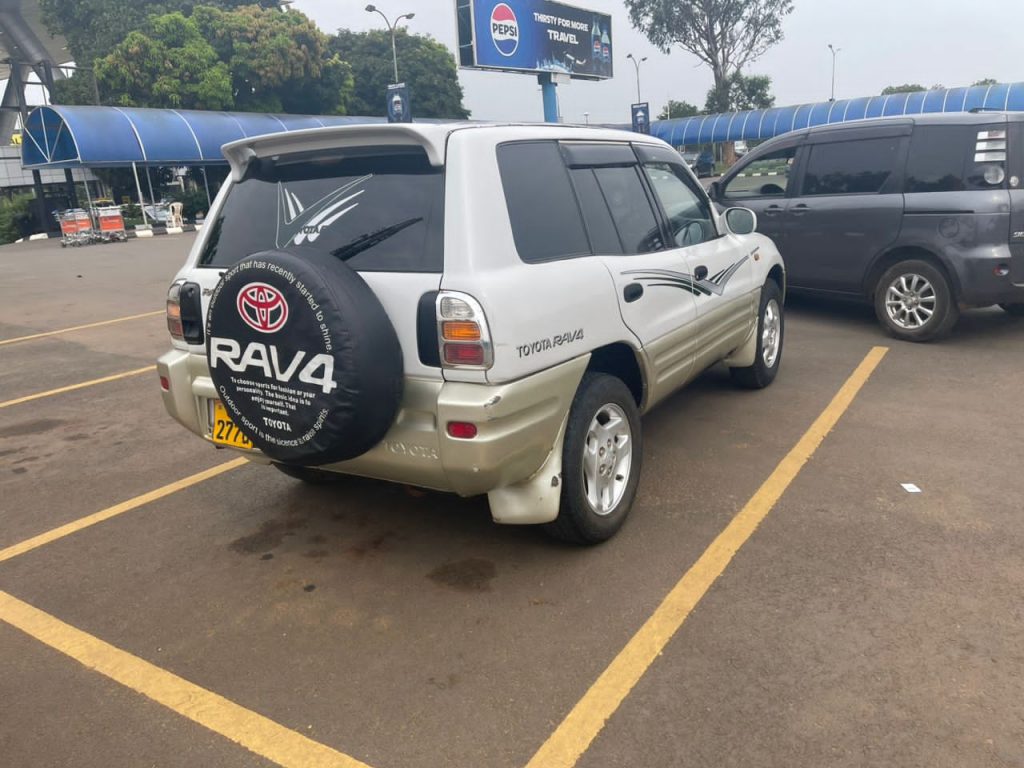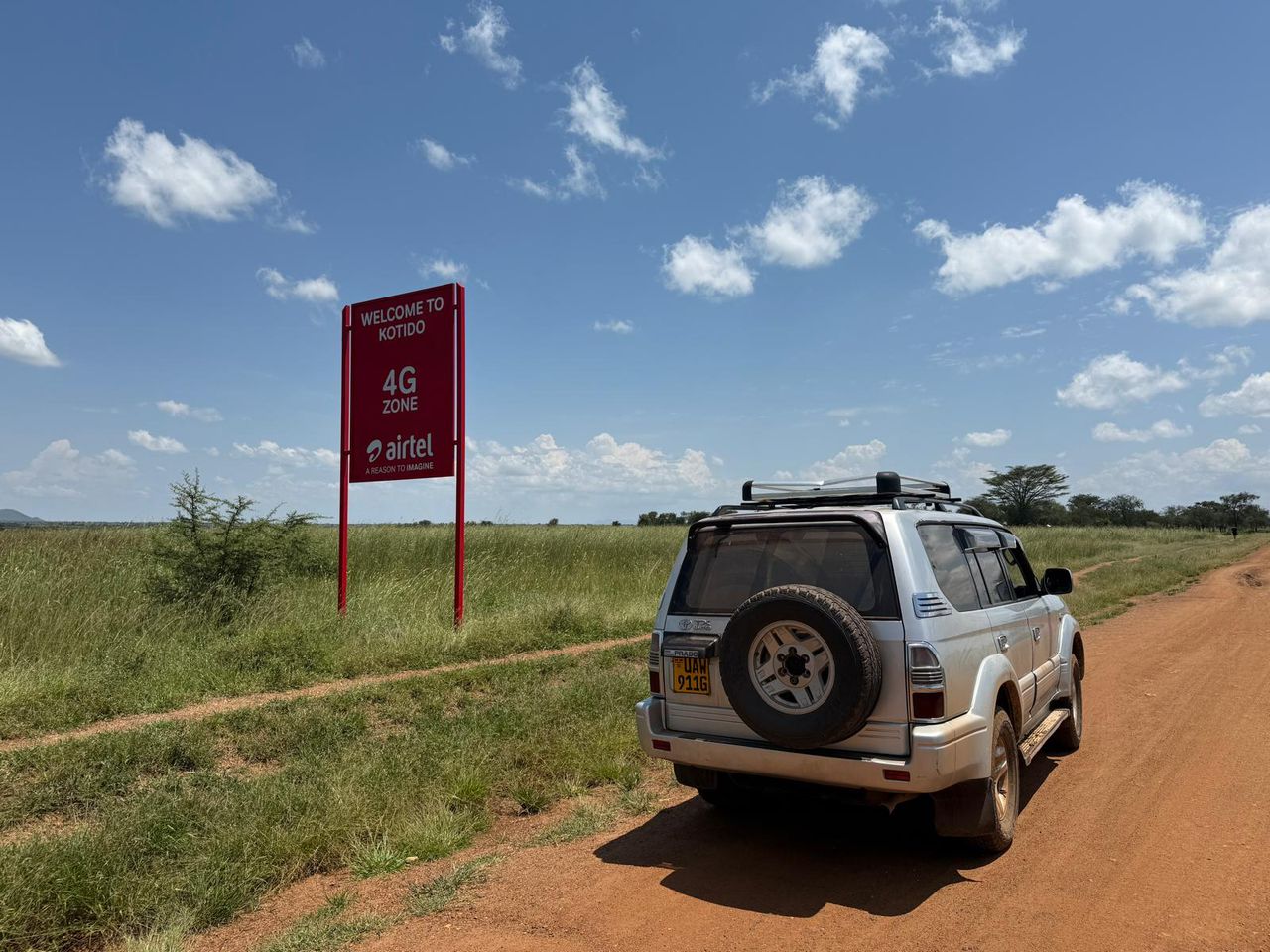
Planning a trip to Uganda, the “Pearl of Africa,” and considering a car hire for your explorations? That’s an excellent way to experience the country’s incredible primates, diverse wildlife, and tropical jungles at your own pace. As a first-timer, here’s a comprehensive guide to help you navigate the car rental process and make the most of your adventure:
First-Timer’s Guide to Car Hire in Uganda
While a car hire offers immense freedom, it’s essential to be well-prepared. Here’s what you need to know:

1. Tourist Visa to Travel to Uganda
Before anything else, ensure you have your tourist visa. You can get a single-entry visa in advance through the embassy or consulate in your country, or conveniently upon arrival at Entebbe International Airport or any overland border. A standard single-entry visa is valid for up to 90 days.
For extensive East African adventures: If your trip includes Rwanda, Kenya, or Tanzania, consider requesting an East African tourist visa. This special visa allows multiple entries into Uganda, Rwanda, and Kenya for 90 days, making cross-border travel seamless.
2. Is Uganda Safe for Tourists?
Uganda is generally considered a safe and stable destination for African tours. Kampala, the capital, is recognized as one of Africa’s safest cities, with many tourists reporting no significant safety concerns.
Safety Precautions:
Petty theft, credit card scamming, and overcharging can be avoided by being prepared and taking common precautions.
Hotels and accommodation facilities are equipped with security personnel.
Banks, shopping centers, supermarkets, bars, offices, and stores also prioritize safety.
Your country’s embassy in Uganda is available for inquiries or assistance if needed.
3. Vaccinations Required Before You Travel to Uganda
For your health and safety, specific vaccinations are necessary:
Recommended by CDC and WHO: Hepatitis A, Hepatitis B, Typhoid, Cholera, Yellow Fever, Rabies, Meningitis, Polio, Measles, Mumps, and Rubella (MMR), Tdap (tetanus, diphtheria, and pertussis), Chickenpox, Shingles, Pneumonia, and Influenza.
Yellow Fever: All travelers over nine months old must be vaccinated for entry.
Malaria: Malaria is prevalent. Take proactive steps to avoid mosquito bites and consult your doctor about antimalarial drugs.
Meningitis: The CDC recommends considering a meningitis vaccine if visiting certain parts of Uganda during the dry season (December-June).
Note: It’s highly recommended to receive these vaccines at least a month before your trip to ensure full effectiveness. Always adhere to the guidelines set by the Ministry of Health.
4. Car Hire in Uganda: Essential Considerations

Renting a car in Uganda offers unparalleled freedom to explore. Here’s what first-timers should know:
a. Choosing the Right Vehicle
4×4 vehicles are highly recommended for safaris and venturing off the beaten path, especially during the rainy season, due to varying road conditions (from well-paved highways to rugged dirt paths). Popular choices include Toyota RAV4, Land Cruiser Prado, Land Cruiser TX/TZ, and Safari Vans for groups.
Economy cars may suffice for city driving and short trips between towns where roads are well-maintained.
b. Reputable Car Rental Companies
Research online: Look for companies with positive reviews, a track record of excellent customer service, and transparent pricing.
Book in advance: Especially during peak tourist seasons, booking early secures better rates and availability.
Compare prices: Get quotes from multiple companies to find the best deal, and always inquire about hidden fees (insurance, fuel, extra mileage).
c. Required Documents for Car Hire
Valid Driver’s License: Your valid driver’s license from your home country.
International Driving Permit (IDP): Highly recommended, especially if your home country’s license is not in English. It serves as a translation and is recognized worldwide. You can drive for up to three months on your home license or IDP before needing a Ugandan license.
Passport: Required for identification and the rental agreement.
Credit Card: Most agencies require a credit card for the deposit.
d. Understanding Rental Costs
Prices vary based on vehicle type, rental duration, and whether a driver is included.
Estimated daily costs (excluding fuel and driver):

- 4×4 SUVs (Toyota RAV4): $40–$65
- Luxury SUVs (Land Cruiser, Prado): $70–$80
- Safari Vans: $70–$150
- Chauffeur services typically add $30–$50 per day.
- Discounts: Long-term rentals often come with discounts.
- Fuel Policy: Most operate on a “full-to-full” policy; clarify if fuel is included.
e. Insurance Coverage
- Comprehensive insurance is highly recommended and often included. This typically covers third-party liability, damages to the vehicle, theft, and fire.
- Understand excess charges (deductible): Know how much you’d be liable for in case of an accident.
f. Inspect the Vehicle
Before driving off, perform a thorough inspection. Document any existing scratches, dents, or mechanical issues with the rental company to avoid being held responsible.
Check tires (including spare), lights, indicators, and ensure a working jack, wheel spanner, and first-aid kit are present.
g. Driving Regulations in Uganda
- Drive on the Left: Uganda follows left-hand driving.
- Speed Limits:
- Urban areas: 50 km/h
- Highways: 80–100 km/h
- National parks and school zones: 40 km/h
- Seatbelts: Mandatory for all occupants.
- Mobile Phone Use: Prohibited while driving unless hands-free.
- Drunk Driving: Strict laws with a legal blood alcohol concentration (BAC) limit of 0.08%.
- Road Conditions: Be prepared for varying conditions, from well-paved roads to rough, unpaved tracks, especially in rural areas and national parks. 4×4 vehicles are crucial for these.
- Traffic Congestion: Expect heavy traffic in urban centers like Kampala.
- Pedestrians and Motorcyclists (Boda Bodas): Be extremely cautious, especially in congested areas.
- Night Driving: Avoid driving at night due to poor lighting and increased risks of accidents or encountering animals.
- Emergency Contacts: Keep numbers for the rental company, local authorities, and roadside assistance handy.
h. Self-Drive vs. Chauffeur-Driven
Self-drive: Offers maximum freedom and flexibility. Ideal for those who enjoy independent exploration and are comfortable driving in new environments.
Chauffeur-driven: A great option for first-timers or those who prefer to relax. A local driver can also act as a guide, providing insights and navigating challenging roads. This removes the stress of driving and potential traffic violations from you.
By following these guidelines and preparing thoroughly, your car hire experience in Uganda will be a smooth and memorable part of your incredible journey through the “Pearl of Africa.” For customized packages for Uganda gorilla safaris, chimpanzee trekking, incredible birding experiences, comprehensive wildlife viewing and car hire, consider contacting Supreme Car Rental Uganda. They offer various options to help you plan your perfect African adventure.
Check out our car fleet and get back to us to rent one or check availability and rates. You can contact us now by sending an email to info@supremecarrentaluganda.com or call us now on +256-742874045 / +256-703903243

